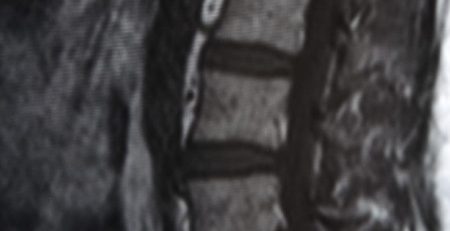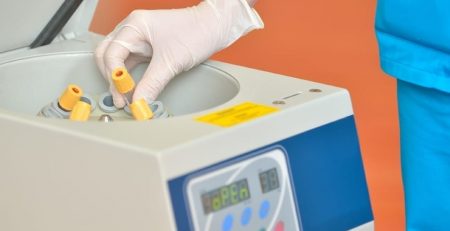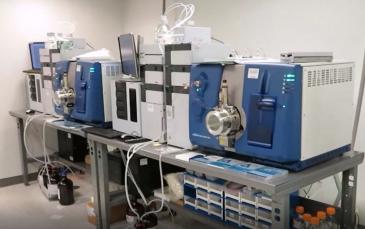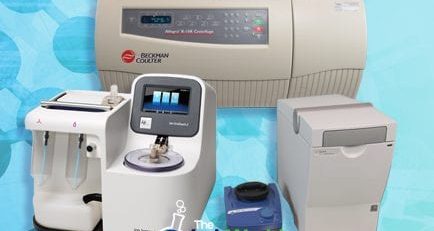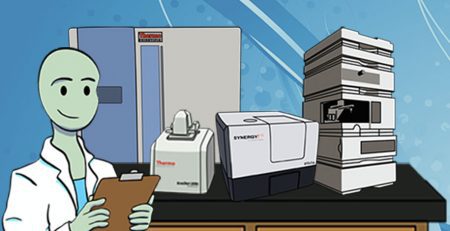New Technology to Revolutionize Organ Transplant
A key aspect of the organ transplant process has not changed since the kidney was successfully transplanted in 1954, and that is how the organs are transported from the donor to the recipient. “The technology that’s currently widely in use has really been in place for close to 50 years now,” Dr. David Klassen, chief medical officer of the United Network for Organ Sharing, said in an article.
The current process requires the donated organ to be put on ice, placed in a cooler and carted to the waiting recipient. A new technology is about to not only change, but improve, this method. “New devices make it possible to keep donor organs in a functioning state at body temperature while they’re being transported,” an NBC News article reports. Frequently referred to as a “beating heart in a box,” these types of devices are already in use abroad, but TransMedics’ Organ Care System from lung transplant is currently up for FDA approval in the US.
Because organs begin to deteriorate as soon as they’re removed from the donor, after a certain amount of time they are no longer viable. To combat this deterioration, the Organ Care System pumps warm, oxygenated, and nutrient-rich blood into the donor organ. The system is mounted on a cart and equipped with oxygen, blood, batteries and special equipment to monitor the organ.
“The organ believes that it’s still in the body,” Dr. Walled Hassanein, president and CEO of TransMedics, said. “The heart is beating. The lung is breathing. The liver is making bile. The kidneys are making urine.”
This not only allows organs to be transported further, it also allows doctors to monitors how the organ functions during transport, allowing them to prevent or even treat an infection, which they wouldn’t be able to do were the organ on ice.





